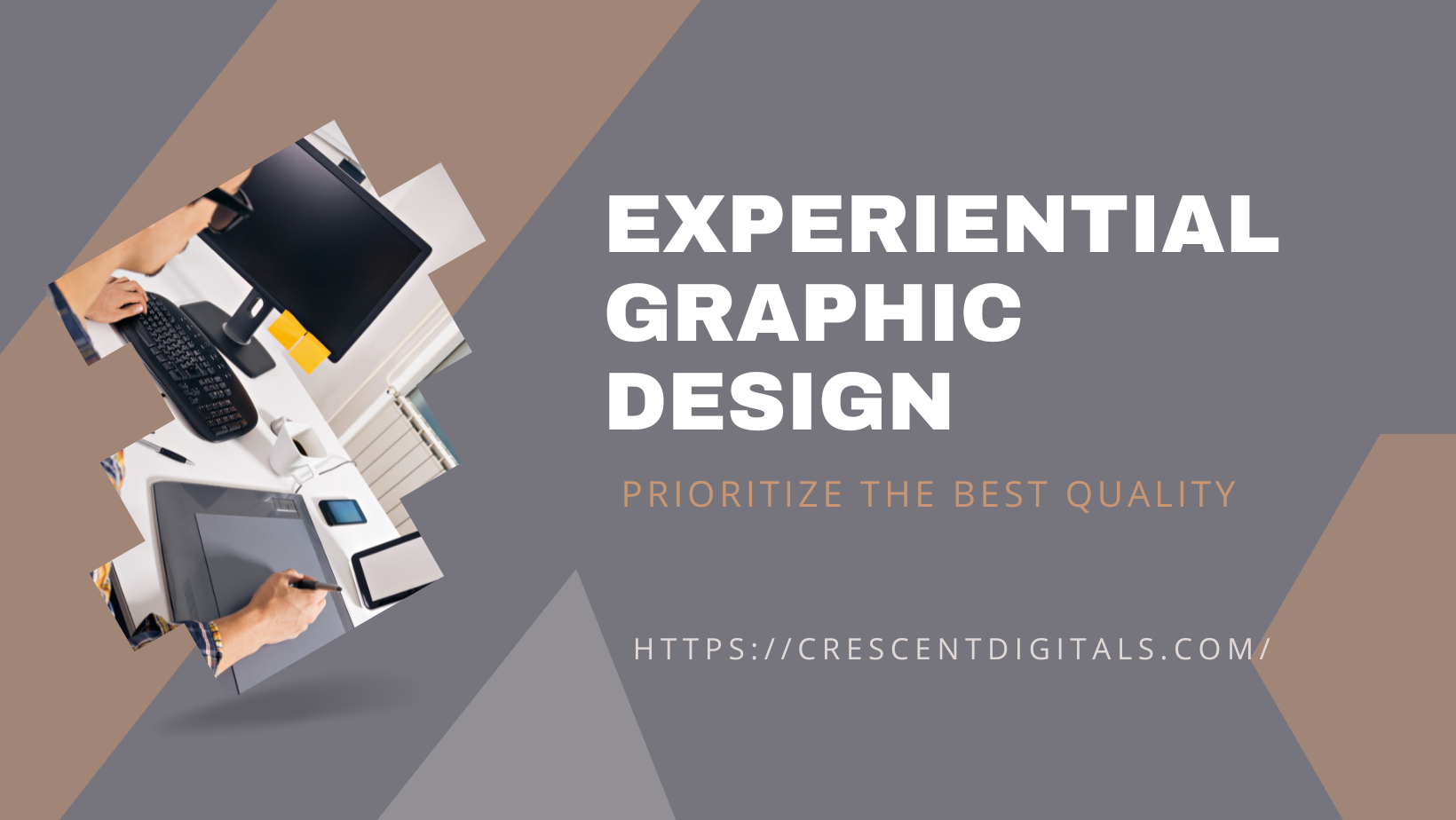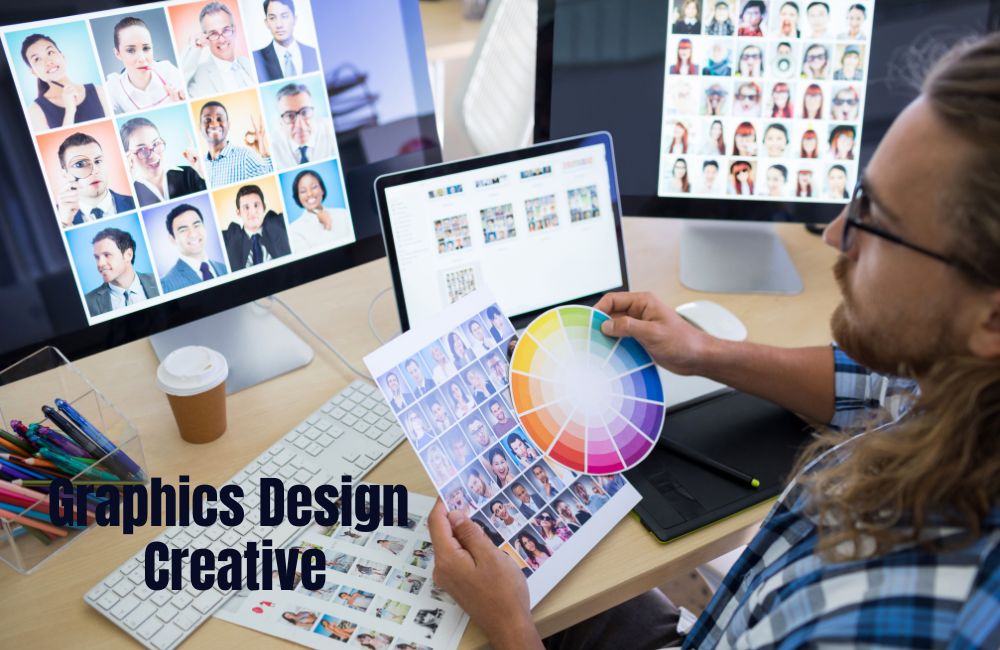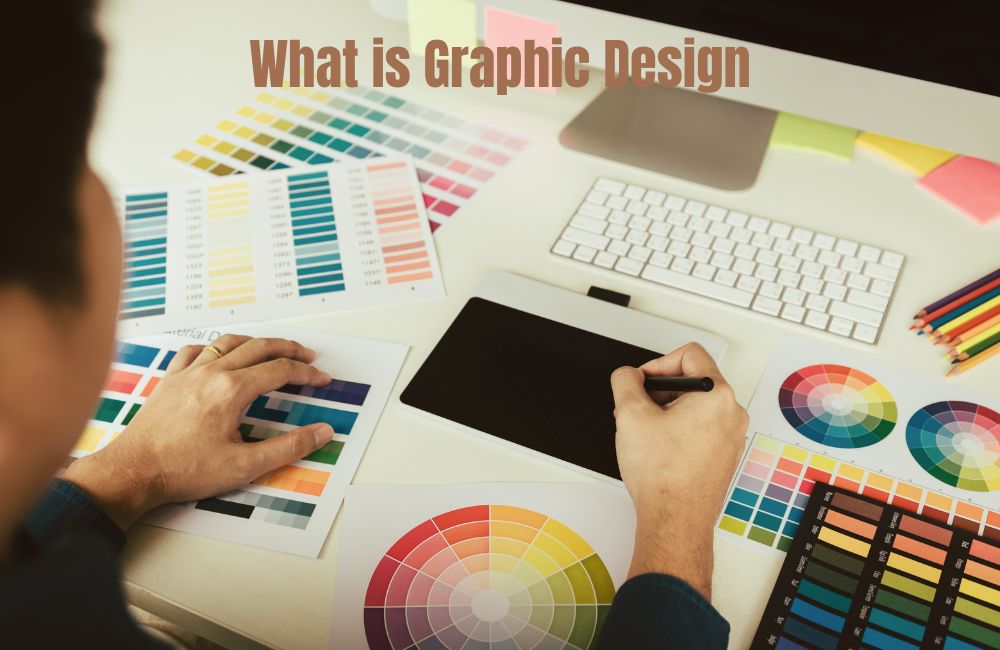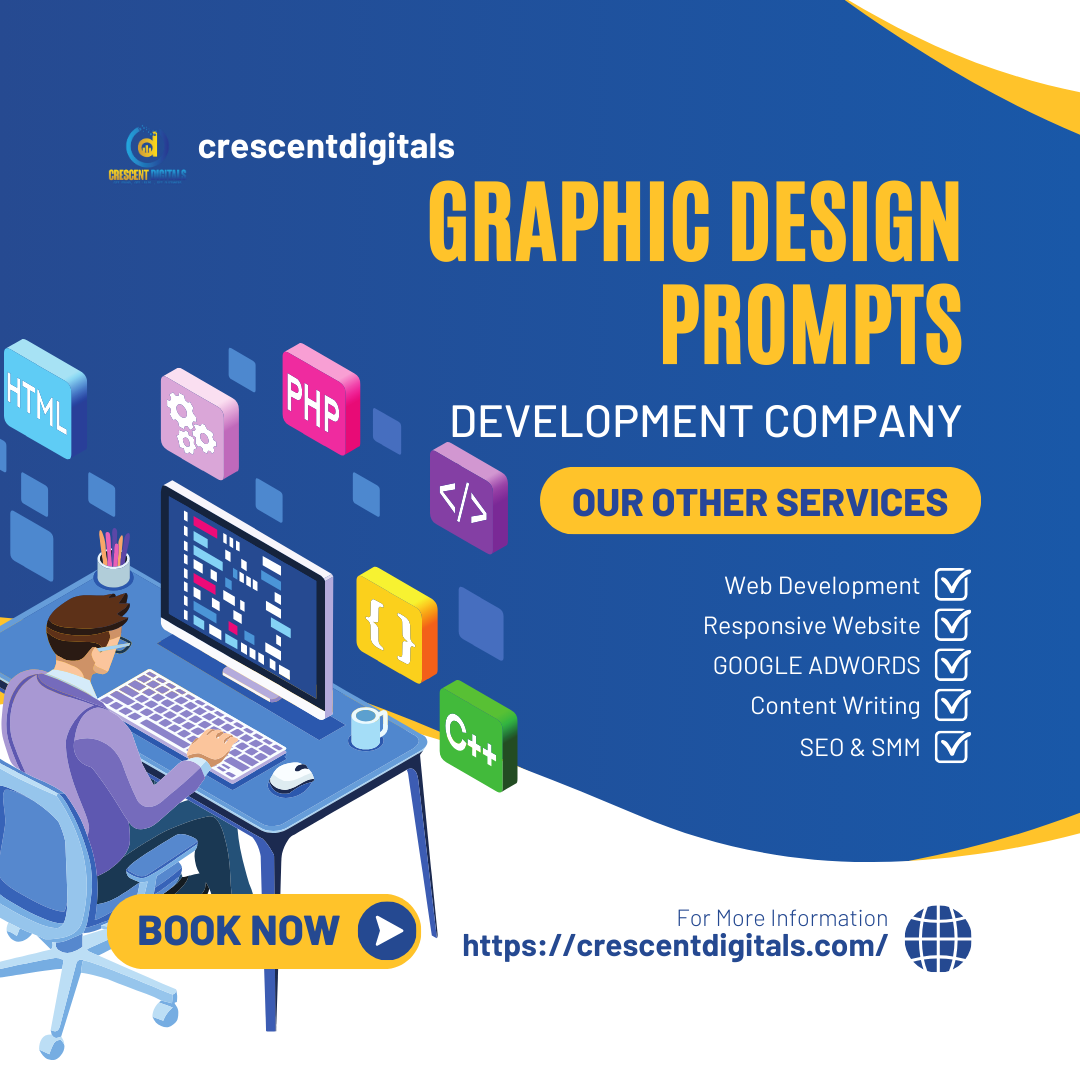Experiential Graphic Design (EGD) fuses graphic elements with architecture to enhance environments. EGD encompasses wayfinding, identity, and informational displays in public spaces.
Engaging and effective Experiential Graphic Design transforms ordinary spaces into memorable experiences, making navigation intuitive and reinforcing the location’s identity. It’s a multidisciplinary approach that involves graphic designers, architects, and brand strategists to create cohesive, brand-aligned environments that communicate effectively to their audience.
Whether it’s a museum, a hospital, or a corporate office, EGD aims to guide, inform, and inspire visitors by seamlessly integrating visual cues into the built environment. This design discipline plays a critical role in the way people interact with places, directly impacting user experience and satisfaction. By blending visual storytelling with spatial design, EGD professionals craft unique, interactive, and engaging spaces by bridging the gap between an individual and the built environment.
The Impact Of Experiential Graphic Design
Experiential Graphic Design (EGD) transcends traditional signage to create meaningful spaces that connect people to place. With its potent blend of visual communications, architecture, and interior design, EGD creates a narrative that can transform ordinary spaces into memorable experiences. Whether in office buildings, retail spaces, or public areas, the impact of such design is profound, influencing how people interact with their surroundings and with each other.
Enhancing Brand Identity
The right experiential graphics can act as a megaphone for brand values and persona. Enhancing brand identity through EGD involves carefully crafted visual elements that embody a brand’s ethos and communicate its story at a glance. These curated designs are not just logos and colors; they are intricate visual systems that resonate with the audience, often leading to a strengthened brand-customer relationship.
- Cohesive Aesthetic: Uniformity in design elements across various touchpoints ensures a seamless brand experience.
- Storytelling: EGD narrates a brand’s story, forging a deeper connection with its audience.
- Memorable Impressions: Unique and interactive graphic elements leave lasting impacts, making the brand unforgettable.
Creating Immersive Environments
Immersive environments are at the heart of experiential design. They envelop visitors, offering them more than just a visual treat; they ensure each sense is engaged, crafting an enduring, full-bodied experience. EGD achieves this through the strategic use of space, color, imagery, and technology, resulting in an environment that can educate, inspire, or entertain.
| Element | Role in Immersion |
|---|---|
| Space | Dictates the flow and interaction within the environment. |
| Color | Evokes emotion and guides mood. |
| Imagery | Establishes context and accentuates the theme. |
| Technology | Augments reality, offering dynamic and interactive experiences. |
Engaging Audience Interaction
Experiential Graphic Design bridges the divide between static aesthetics and dynamic engagement. Engaging audience interaction is a crucial aspect, as passive observation shifts to active participation. EGD prompts this shift with interactive installations, touchpoints that invite user input, and multi-sensory interfaces that foster a participatory atmosphere.
- Digital kiosks with responsive content
- Augmented reality experiences
- Gesture-based interfaces
Each interaction not only creates a memorable moment but also reinforces the brand experience, turning visitors into active participants in the brand narrative.
Historical Evolution Of Experiential Graphic Design
Experiential Graphic Design (EGD) stands as a testament to the profound impact design has on human experience. This discipline, once confined to static signs and symbols, has undergone a significant transformation. The journey of EGD is rich and vibrant, seamlessly weaving together art, technology, and the environment to create immersive experiences. Diving into its historical evolution offers a kaleidoscope view of how designers have revolutionized our interaction with spaces, and how that evolution continues to shape the future of visual communication.
From Traditional Signage To Multisensory Experiences
The earliest incarnations of Experiential Graphic Design were simple yet functional. They served as guideposts for the bustling societies of early civilizations. Traditional methods favored painted or carved signs, with an emphasis on legibility and straightforward messaging. As societies grew, the desire for more engaging interfaces led to the integration of artistic elements, propelling EGD from mere informative signs to comprehensive and captivating environmental experiences.
Signage evolved to include illuminated displays, intricate mosaics, and dynamic sculptures, all serving to engage viewers beyond mere text. The rise of architectural landmarks necessitated EGD that complemented the magnificence of structures, thus elevating the stature and recognition of the design industry in developing enriched visual narratives.
Integration Of Technology And Environmental Elements
The digital revolution introduced a pivotal shift in the experiential design paradigm. Seamlessly blending digital interfaces with physical environments, designers began to create layers of interaction that respond to user behavior. Digital screens, augmented reality, and interactive kiosks have redefined EGD, turning static environments into dynamic, responsive, and personalized experiences.
Environmental integration took center stage, with designers striving to create designs that resonate with the settings. The use of sustainable materials, context-aware installations, and visually rich textures has fostered a symbiotic relationship between the design elements and their surroundings. Sensorial design elements such as ambient lighting, soundscapes, and tactile surfaces further deepen the connection between the user and the space.
- Digital Signage
- Augmented Reality (AR)
- Interactive Kiosks
- Sustainable Materials
- Ambient Lighting and Soundscapes
Case Studies Highlighting Successful Implementations
Exploring the impactful realm of Experiential Graphic Design (EGD), we delve deep into case studies that stand as beacons of success. These real-world examples showcase how EGD transcends mere visuals to create environments that narrate stories, engulf senses, and connect with individuals on a profound level. Bear witness to how organizations and designers have harnessed the power of EGD to foster memorable experiences that resonate with audiences and leave a lasting impression.
Incorporating Cultural ElementsIncorporating Cultural Elements
In the heart of a bustling metropolis, a corporate headquarters underwent a transformation to embrace its local heritage. Designers intertwined cultural motifs and landmarks unique to the cityscape, creating a visual conjunction between the company and its community roots.
- Lobby murals depicted historical events, painted in rich, vibrant hues that mirrored the city’s energy.
- Wayfinding systems adopted the local vernacular, inviting visitors to navigate with a sense of familiarity and warmth.
- Interactive installations offered a narrative journey through the region’s evolution, engaging employees and guests alike.
These elements coalesced to form not just a workspace, but a cultural hub that amplified brand identity and strengthened local connections.
Integrating Sustainable Design PrinciplesIntegrating Sustainable Design Principles
Sustainability in EGD translates to more than an ethical stance; it demonstrates a long-term commitment to our planet. A prime example is a high-profile educational facility that integrated eco-friendly practices into every facet of its visual identity.
| Feature | Implementation | Impact |
|---|---|---|
| Materials | Recycled elements and non-toxic inks | Reduction in environmental footprint |
| Energy Efficiency | LED lighting for digital displays | Lowered energy consumption |
| Waste Management | Digital directories over traditional signage | Minimized waste output |
The initiative not only minimized the ecological impact but also set a benchmark for responsible design within the academic community, inspiring similar adaptations in institutions worldwide.
.jpg?width=700&height=465&name=ES_Total_Guest_Experience_Visual_v3_Website_1540x1100-(1).jpg)
Credit: www.electrosonic.com
Design Principles And Best Practices
Experiential Graphic Design (EGD) stands at the intersection of communication, environment, and creativity, aimed at enhancing human interaction with their surrounding spaces. This design field is not just about aesthetic appeal; it’s a strategic integration of visual cues to create a narrative that guides, informs, and sometimes even delights users as they navigate through a space. In this section, we focus on key design principles and best practices that are crucial to producing effective and memorable EGD. Bolding critical concepts and employing clear, concise language, we aim to provide you with actionable insights into EGD.
Harmonizing Visual And Spatial Elements
To create an immersive experience, harmonizing visual and spatial elements is pivotal. This principle involves careful consideration of the environment where the design will live. From color palettes to typography, every element should complement the architectural features and purpose of the space.
- Color Theory: Use colors that evoke the right emotions and fit the theme of the space.
- Typography: Choose legible fonts that match the mood and tone of the environment.
- Iconography: Implement icons that are easily recognizable and enhance the visual lexicon.
Beyond aesthetics, it’s essential to ensure that designs respect and enhance the space’s functionality.
Navigational Efficiency And User Experience Optimization
In EGD, navigational efficiency and user experience optimization are crucial for facilitating a seamless journey through the space. Signs, maps, and digital interfaces need to enable clear orientation and direction to users, minimizing confusion.
- Consistency in design elements, creating an intuitive flow.
- Strategic placement of signage for easy visibility and reference.
- Interactive elements that engage and assist users in real-time.
Incorporating user feedback during design iterations can significantly enhance the effectiveness of the final layout, ensuring that it is user-centric and adaptable to varied needs.
Future Trends And Innovations
The realm of Experiential Graphic Design (EGD) is ever-evolving, blending the physical and digital worlds to create immersive environments. As we look to the future, innovations continue to emerge, driving the industry towards more interactive, engaging, and sustainable practices. The following sections delve into some of the most exciting trends and technological advancements that will shape the EGD landscape in the coming years.
Incorporating Augmented Reality And Interactive Installations
Augmented Reality (AR) is transforming how people interact with spaces and narratives in Experiential Graphic Design. By overlaying digital content onto the physical world, AR creates a hybrid experience that can educate, entertain, and engage users like never before. Here are some key innovations:
- AR wayfinding systems in large complexes guide visitors through interactive cues.
- Immersive storytelling where historical or educational content comes to life, enhancing user experience.
- Interactive advertisements that allow users to engage with brands in a memorable way.
These interactive installations leverage users’ smartphones or AR glasses, making the design more accessible and personalizing the experience.
Sustainable Materials And Eco-friendly Practices
Sustainability is no longer just a trend; it’s a necessity. Experiential Graphic Design is embracing eco-friendly materials and practices to minimize environmental impact. Innovations in this space include:
| Material/Practice | Benefits |
|---|---|
| Biodegradable substrates | Reduce waste and promote a circular economy. |
| Low-VOC inks and finishes | Improve indoor air quality for healthier environments. |
| LED lighting | Enhance energy efficiency and reduce carbon footprint. |
| Modular design elements | Allow for reuse and reconfiguration in different spaces. |
In addition to utilizing sustainable materials, EGD is also focusing on longevity and adaptability in design to ensure that installations remain relevant and usable for years to come.
Frequently Asked Questions For Experiential Graphic Design
What Is Experiential Graphic Design?
Experiential Graphic Design (EGD) integrates visual communications into built environments to enhance user experience and convey messages.
Why Use Experiential Graphic Design?
EGD enhances spaces by making them more navigable, informative, and engaging, creating memorable experiences for visitors.
What Does Egd Include?
EGD encompasses signage, wayfinding systems, wall murals, and branded environments that interact with an audience within a space.
Who Benefits From Egd?
Businesses, educational institutions, healthcare facilities, and public spaces benefit from EGD by promoting brand identity and aiding navigation.
Is Egd Expensive To Implement?
The cost varies with scope and complexity, but effective EGD solutions can be crafted to fit various budgets and project sizes.
How Does Egd Improve Wayfinding?
EGD employs strategically placed signs and visual cues to guide people efficiently through spaces, reducing confusion and enhancing accessibility.
Can Egd Affect Brand Perception?
Yes, EGD can profoundly impact brand perception by visually expressing the brand’s story and values within a physical space.
What’s The Process Of Creating Egd?
Creating EGD involves research, strategy, conceptual design, content development, and integration with architectural elements.
Are There Trends In Egd?
EGD is influenced by trends such as digital integration, sustainability, and storytelling, which evolve with technology and user preferences.
How To Measure Egd Effectiveness?
Effectiveness is measured by how well EGD meets user needs, improves space functionality, and aligns with the goals of the environment it’s designed for.
Conclusion
Experiential graphic design shapes our interactions with spaces. It captures imagination, guiding emotions and behavior. Embracing this art form enriches environments, forging memorable connections. Let’s harness its power to transform ordinary areas into extraordinary experiences. Embrace the magic of experiential design and watch your space come alive.






